Speaking to America’s Hit Parader magazine in August 1967, Frank Zappa said “If you want to learn how to play guitar, listen to Wes Montgomery.” The article was titled My Favorite Records and the head Mother was being featured shortly after the release of Absolutely Free, the second Mothers Of Invention album. Montgomery was in good company. Zappa also namechecked Bartok, Pierre Boulez, conductor Robert Craft, Stockhausen, Stravinsky, Cecil Taylor and Anton Webern. No pop was mentioned.
At this point, Montgomery had just released the A Day In The Life album on A&M. It featured covers of The Beatles' "A Day in the Life" and "Eleanor Rigby", "Windy", a recent hit for The Association, and "California Nights", which Lesley Gore had recorded. The jazz guitarist, who would die in June 1968, breached genre boundaries. It was a habit: his 1959 debut album The Wes Montgomery Trio included versions of the show-tune songs "Too Late Now" and "Yesterdays".
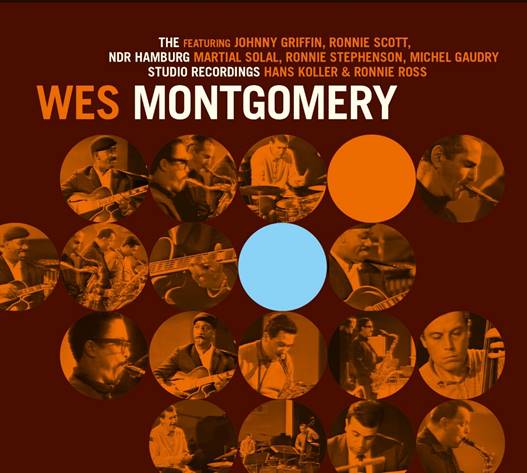 When Zappa was endorsing Montgomery, it was clear what he was about. Montgomery’s discography was precise: one album followed another and a progression was discernable – Movin' Wes, his first album for Verve, sold well in 1964 and its follow-up, 1965’s Bumpin', entered the mainstream charts. After that, 1966’s Goin' Out Of My Head was awarded a Grammy as Best Jazz Instrumental Album and also went R&B Top Ten.
When Zappa was endorsing Montgomery, it was clear what he was about. Montgomery’s discography was precise: one album followed another and a progression was discernable – Movin' Wes, his first album for Verve, sold well in 1964 and its follow-up, 1965’s Bumpin', entered the mainstream charts. After that, 1966’s Goin' Out Of My Head was awarded a Grammy as Best Jazz Instrumental Album and also went R&B Top Ten.
During this period of escalating commercial fortunes, Montgomery undertook what became his only European tour over March, April and May 1965. It was a big deal. There were TV appearances in Belgium, Germany, The Netherlands and the UK. Shows were also recorded for radio broadcast in France and Germany. Back in the US on 16 May 1965, the recording of what became the Bumpin' album began.
Unsurprisingly, many after-the-fact albums of the European tour have emerged. Nothing was intended for release at the time – what was issued in 1965 and 1966 was what was meant to be heard. Consequently, as a result of all these archive albums, it’s very hard to get a handle on the intended essence of the Wes Montgomery of this period. For example, the BBC Jazz 625 appearance came out on CD in 2017, Wes Montgomery Live At Ronnie Scott's was issued in 1999 and the Wes Montgomery Quartet Live In Belgium 1965 emerged in 2005. There’s more. Much more. It’s best, and easiest, to take any of these releases on its own merits and forget about head-spinningly trying to work out how any relate to the real-time Wes Montgomery discography.
The NDR Hamburg Studio Recordings has arrived to enter this crowded market. A two-disc set with a CD and a Blu-ray, it has a radio broadcast from 30 April on the CD and film of the preceding rehearsal session from 28 April on the Blu-ray. What took place was part of a series of concerts named NDR-Jazzworkshop, which teamed players with musicians they usually didn’t work with. Montgomery had brought Arthur Harper (bass) Jimmy Lovelace (drums) and Harold Mabern (piano) with him on the European tour. Broadcaster NDR put him together with Michel Gaudry (bass), Johnny Griffin (tenor sax), Hans Koller (alto sax), Ronnie Scott (tenor sax), Martial Solal (piano) and Ronnie Stephenson (drums).
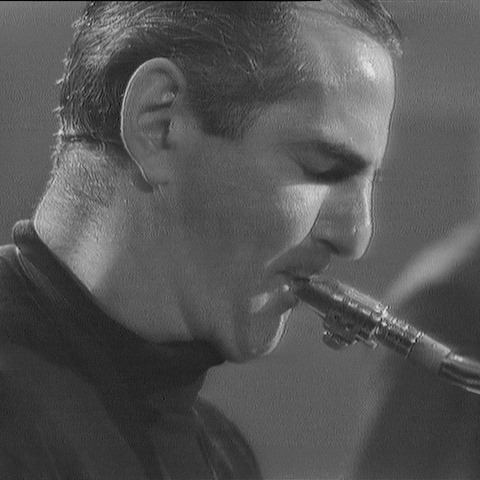 Montgomery was obviously game and, for the most part, on the Blu-ray has a surprisingly low profile considering he is, so to speak, the headlining act. He takes his solos and looks pretty cheerful. Oddly, the player who stands out most – literally – is Ronnie Scott (pictured left) who spends time standing behind drummer Ronnie Stephenson. The camera is more fascinated with Martial Solal than Montgomery. The package’s paper-thin liner notes do not say why the rehearsal rather than the concert was filmed.
Montgomery was obviously game and, for the most part, on the Blu-ray has a surprisingly low profile considering he is, so to speak, the headlining act. He takes his solos and looks pretty cheerful. Oddly, the player who stands out most – literally – is Ronnie Scott (pictured left) who spends time standing behind drummer Ronnie Stephenson. The camera is more fascinated with Martial Solal than Montgomery. The package’s paper-thin liner notes do not say why the rehearsal rather than the concert was filmed.
As it’s audio only, the CD is a less confusing experience. Focussing on the music is easier. "West Coast Blues" is the only cut played from Montgomery’s then-recent Movin' Wes album. "Four on Six”, “Here's That Rainy Day” and “West Coast Blues” are performed, as they were elsewhere on the tour. “Blue Grass” and “Last of the Wine” are Ronnie Ross compositions. “The Leopard Walk” is Johnny Griffin’s. “Opening 2” is written by Martial Solal. “Blue Monk” is a Thelonious Monk cover. Radio listeners heard a mixed-bag set, and judging this as a Wes Montgomery release is unwise as he is not the main game in town.
Nonetheless, when his guitar takes flight and rises to the surface The NDR Hamburg Studio Recordings is about Montgomery and nothing else. He shines throughout “Here's That Rainy Day”. The finale reprise of “West Coast Blues” is his too. More Montgomery is the thought that occurs. Doubtless, Frank Zappa would have agreed.
- Next week: Three-disc makeover of T2's It'll All Work Out In Boomland
- More reissue reviews on theartsdesk
- Kieron Tyler’s website



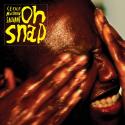

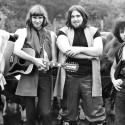

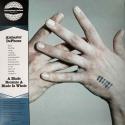
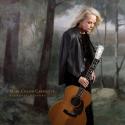

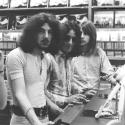
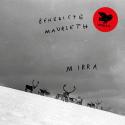

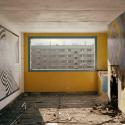

Add comment